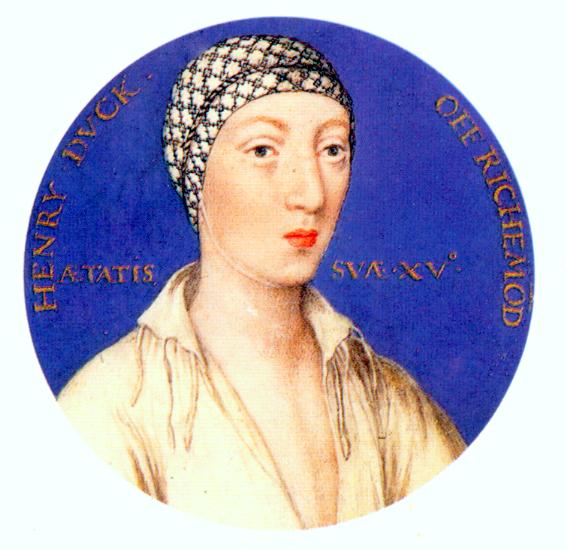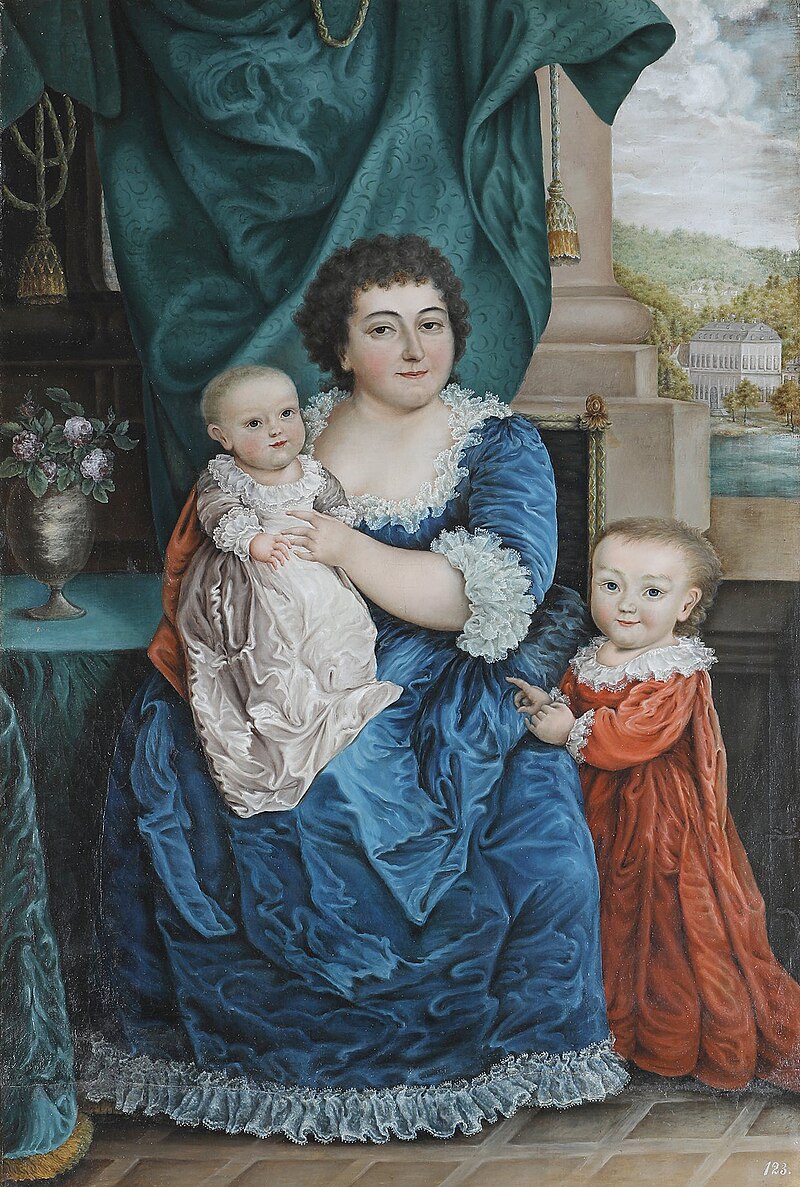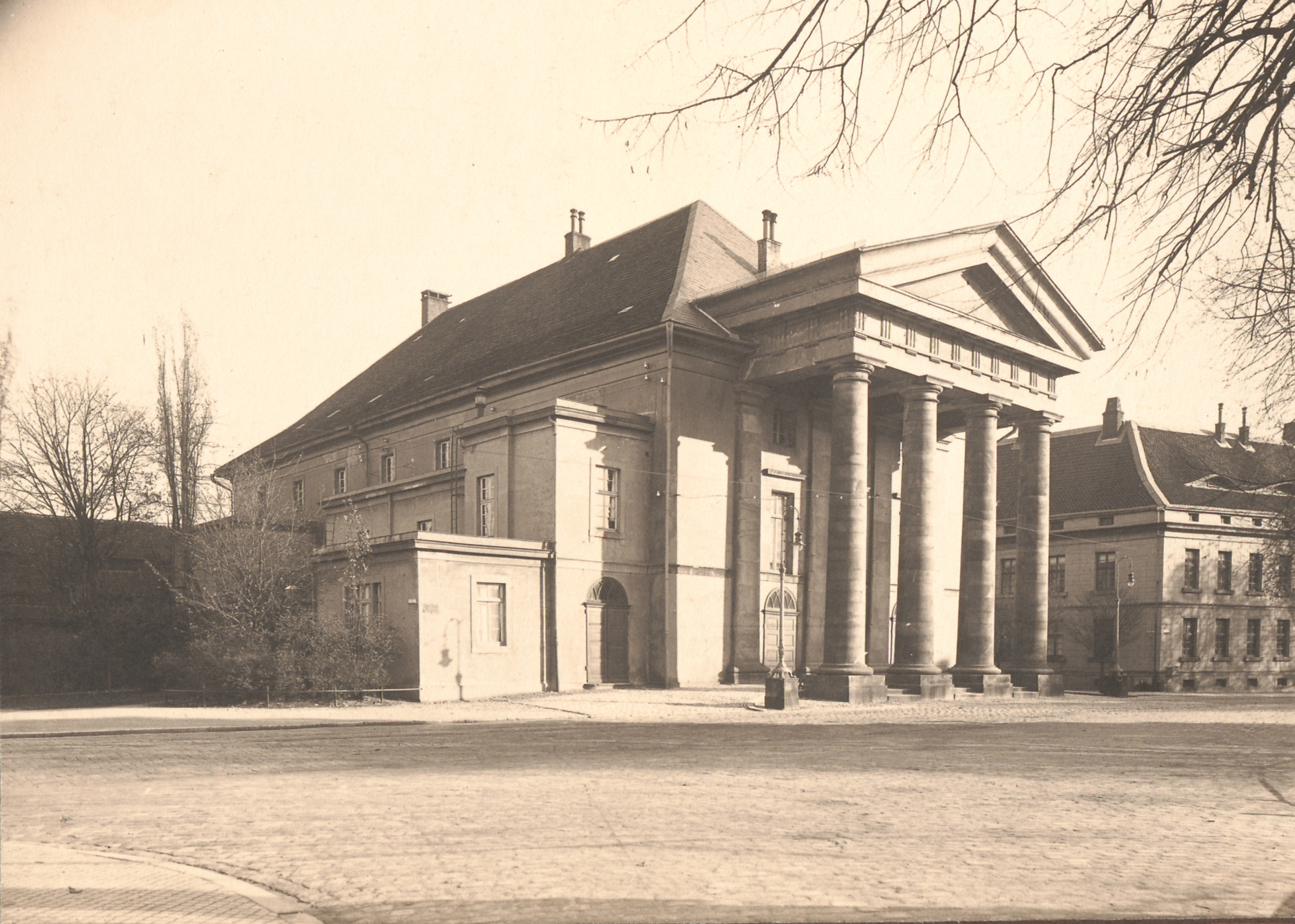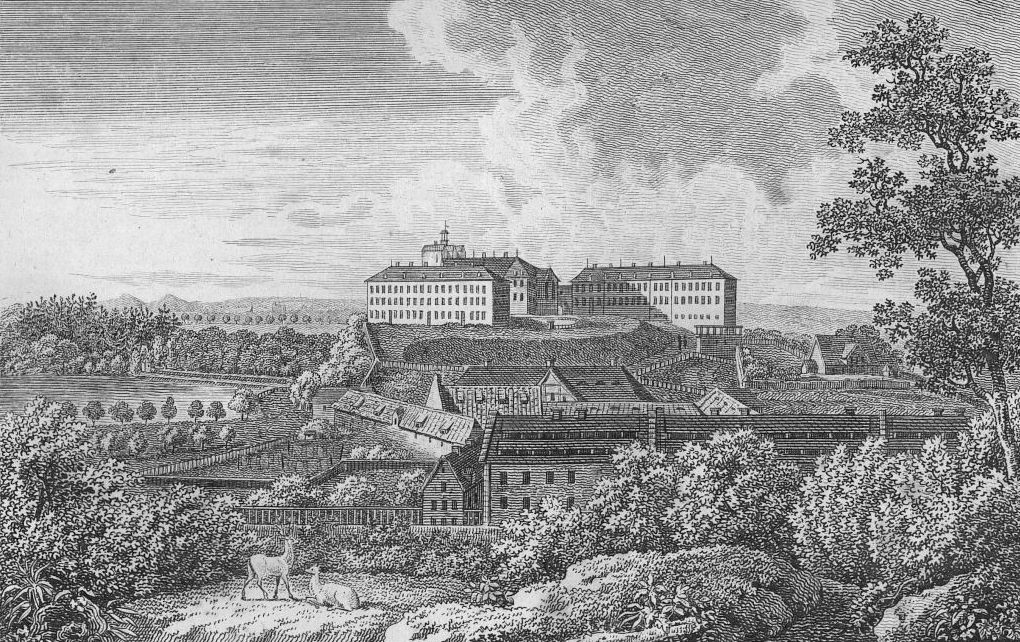by Scott Mehl © Unofficial Royalty 2020
Dorothea Jordan was the mistress of the future King William IV of the United Kingdom from 1790 until 1811. William was the Duke of Clarence at the time.
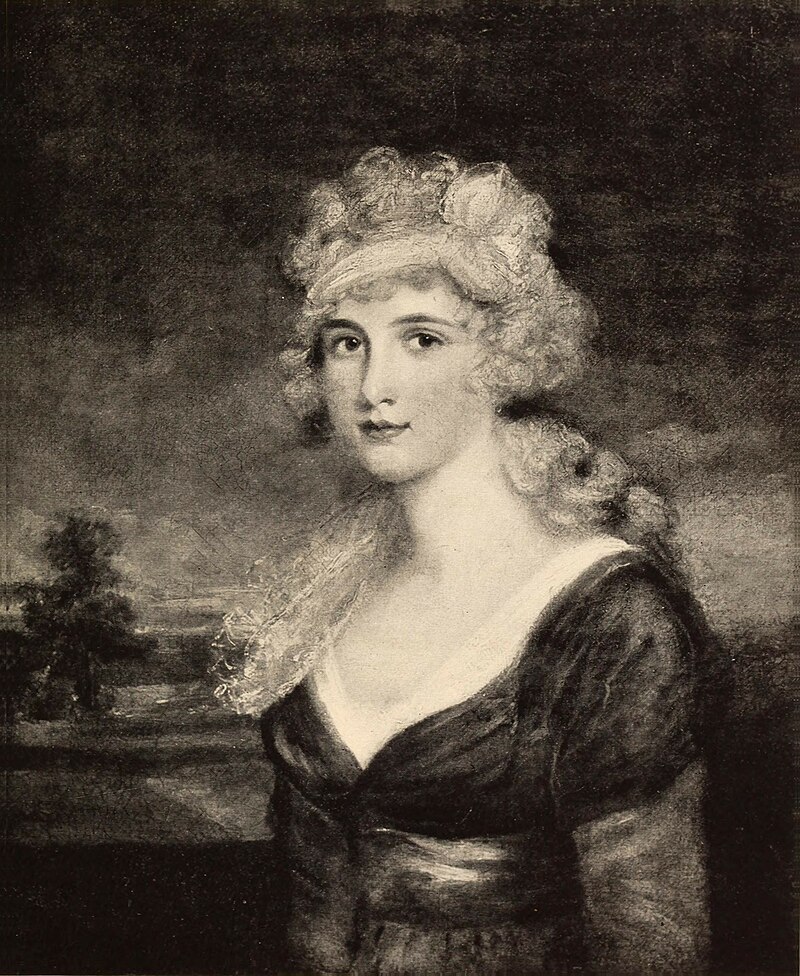
source: Wikipedia
Dorothea Bland was born on November 21, 1761 in County Waterford, Ireland, the daughter of Francis Bland, a stagehand, and his mistress Grace Phillips, an actress. She had five siblings:
- George Bland (c.1758-1807) – married Maria Theresa Romanzini, had issue
- Hester Bland (1760-1848) – unmarried
- Lucy Bland (c.1763-1778) – unmarried
- Francis Bland (c.1765 – ?) – unmarried
- Nathaniel Phillips Bland (c.1766-1830) – married Phoebe James, no issue
In 1774, Dorothea’s father abandoned his family to marry someone else. He continued to support the family, on the condition that they didn’t use his surname, so Dorothea took her mother’s name, becoming known as Dorothea Phillips. Around this time, her mother encouraged Dorothea to enter the theater, and within just a few years, she began to draw large crowds for her performances. She left Ireland in 1782 while pregnant with her first child, and moved to Leeds. It was at this point that she took the name Jordan. She performed for three years with the York Company, before being lured away in 1785 to move to the Royal Theatre, Drury Lane in London. By then, Dorothea was becoming a very popular performer and could be counted on to bring large crowds every night. It was at Drury Lane that her life would come to the attention of The Duke of Clarence several years later.
During her stage career, and before meeting the Duke of Clarence, Dorothea had several relationships, resulting in at least four children. In the early 1780s, she became involved with Richard Daly, the married manager of the Theatre Royal in Cork, and had a daughter:
- Frances Daly (1782-1821) – married Thomas Alsop, no issue
Other lovers included an Army Lieutenant, Charles Doyne, who proposed to her but she declined. She went to work for a theater company run by Tate Wilkinson, with whom she also had a brief affair. It was then that she took on the stage name ‘Mrs. Jordan’. After that relationship ended, she fell in love with another actor, George Inchbald, but that relationship also ended in heartbreak.
In 1786, after leaving Inchbald, Dorothea began an affair with Sir Richard Ford, a magistrate and lawyer who promised that he would marry her. This relationship resulted in three children:
- Dorothea Maria Ford (1787) – married Frederick March
- unnamed son (1788) – died at birth
- Lucy Hester Ford (1789) – married General Sir Samuel Hawker, had issue
Soon, Dorothea realized that Ford was never going to marry her, and she ended their affair in 1790, and soon began her relationship with The Duke of Clarence. Her children moved in with her sister Hester, and Dorothea transferred much of her savings to provide for the children’s upbringing and education, in addition to providing them with an annual allowance.

source: Wikipedia
In 1790, Dorothea was first noticed by The Duke of Clarence (later King WIlliam IV) while performing at Drury Lane. They quickly began an affair that would last for the next 21 years. Dorothea moved in with the Duke at his home, Clarence Lodge in Roehampton, and later they moved to Bushy House in Bushy Park, Richmond upon Thames. Dorothea and William had ten children together, all of whom were given the surname FitzClarence:
- George FitzClarence, Earl of Munster (1794-1842) – married Mary Wyndham, had issue
- Henry Edward FitzClarence (1795-1817) – unmarried
- Sophia FitzClarence (1796-1837) – married Philip Sidney, 1st Baron De L’Isle and Dudley, had issue
- Mary FitzClarence (1798-1864) – married General Charles Richard Fox, no issue
- Frederick FitzClarence (1799-1854) – married Lady Augusta Boyle, had issue
- Elizabeth FitzClarence (1801-1856) – married William Hay, 18th Earl of Erroll, had issue
- Adolphus FitzClarence (1802-1856) – unmarried
- Augusta FitzClarence (1803-1865) – married (1) Hon. John Kennedy-Erskine, had issue; (2) Admiral Lord Federick Gordon-Hallyburton, no issue
- Augustus FitzClarence (1805-1854) – married Sarah Elizabeth Gordon, had issue
- Amelia FitzClarence (1807-1858) – married Lucius Bentinck Cary, 10th Viscount Falkland, had issue
William made sure Dorothea was well taken care of, providing her with an annual allowance of £1,200 and allowing her to continue performing on the stage in London and around England. Aside from her career, Dorothea was very content to enjoy the family life she had always wanted and kept out of political matters completely.
William and Dorothea’s children married into the British aristocracy and their many descendants include these notable people:
- Princess Alexandra, Duchess of Fife, a granddaughter of King Edward VII of the United Kingdom(1891-1959)
- Princess Maud, Countess of Southesk, a granddaughter of King Edward VII of the United Kingdom (1893-1945)
- Violet Jacob, Scottish writer (1863–1946)
- Brigadier General Charles FitzClarence, recipient of the Victoria Cross (1865-1914)
- Sir Edward Bellingham, 5th Baronet, Brigadier General, Senator of the Irish Free State (1879-1956)
- Duff Cooper, 1st Viscount Norwich, British diplomat, Cabinet member, author (1890-1954)
- Sir Rupert Hart-Davis, British publisher, literary editor (1907-1999)
- William Sidney, 1st Viscount De L’Isle, 15th Governor-General of Australia (1909-1991)
- Adam Hart-Davis, author, photographer, broadcaster (born 1943)
- Merlin Hay, 24th Earl of Erroll, member of the House of Lords (born 1948)
- John Crichton-Stuart, 7th Marquess of Bute (b. 1958), also known as Johnny Dumfries, former racing driver (born 1958)
- David Cameron, Prime Minister of the United Kingdom (born 1966)
By 1811, William was under pressure from his family to find a suitable wife. At the time he was 4th in line for the throne (following his elder brother, the future King George IV, George’s daughter, Princess Charlotte of Wales, and his next oldest brother, The Duke of York). Giving into this pressure, William ended his relationship with Dorothea, but again made sure she was very well provided for. He gave her an annual allowance of £4,400 (half of which was designated for the welfare of their children), and she kept custody of their daughters while he retained custody of their sons. The one condition he insisted upon was that in order to receive that money annually, she could not return to the theatre. This arrangement lasted just three years before Dorothea returned to the stage in 1814, in order to earn money to help settle the extensive debts of her son-in-law, Thomas Alsop. Hearing this, William took back custody of their daughter and canceled her annual stipend.
Dorothea performed for just a year before retiring in 1815. Still greatly in debt, she sold her house and moved to France – in part to escape her creditors – and settled in Saint-Cloud, just outside of Paris. After losing much of her savings when her eldest daughter and her husband ran up large debts in Dorothea’s name, her health quickly began to decline. Virtually penniless, Dorothea Jordan died in Saint-Cloud on July 5, 1816 at the age of 54. She is buried in the local cemetery in Saint-Cloud.
This article is the intellectual property of Unofficial Royalty and is NOT TO BE COPIED, EDITED, OR POSTED IN ANY FORM ON ANOTHER WEBSITE under any circumstances. It is permissible to use a link that directs to Unofficial Royalty.




